ST Engineering opens new high-tech 14ha shipyard in Gul Road
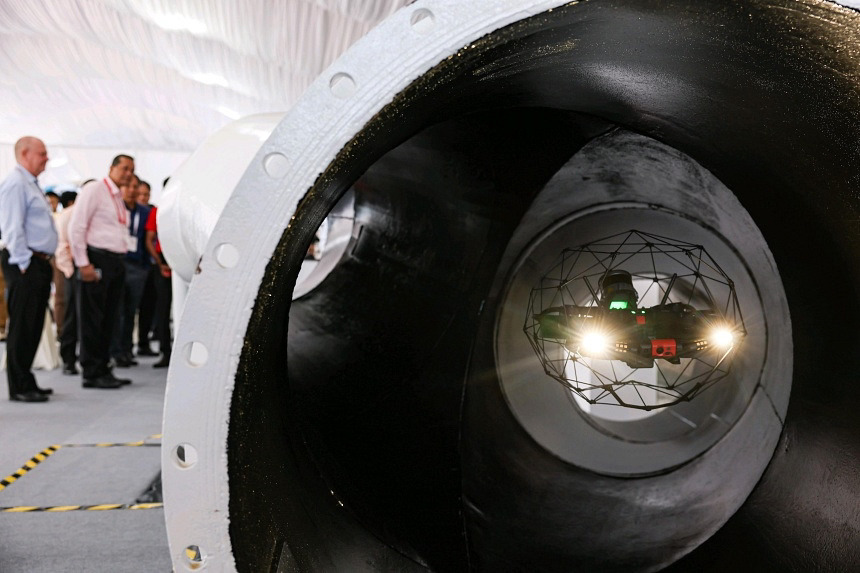
(Photo credit: ST Photo)
Source: The Straits Times
A new high-tech shipyard to build and repair ships has opened in Gul Road in Singapore’s west.
Operated by ST Engineering, the 14ha shipyard – which is the size of 20 football fields – was acquired for $95 million and will replace the firm’s Tuas yard, whose lease expires at the end of 2024.
Officially opened on Sept 19, the Gul yard is twice the size of the Tuas facility.
Equipped with the latest technology, including a system that detects early signs of equipment failure and security robots that can warn of hazards, the Gul yard is designed to handle larger and more complex projects with enhanced precision and efficiency.
Its expanded capacity will reduce turnaround times, provide improved support for local naval requirements and allow exploration of new market segments, according to ST Engineering’s press statement.
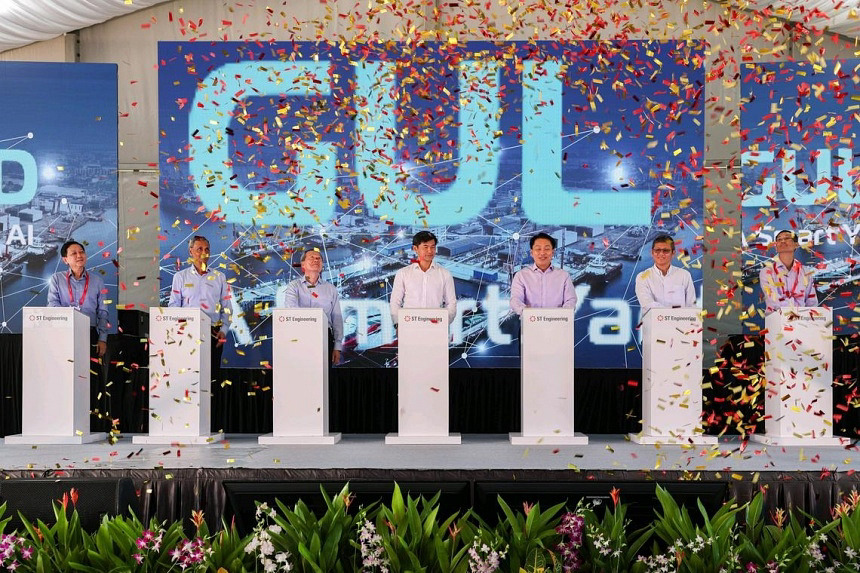
(Photo credit: ST Photo)
At the official opening, Mr Vincent Chong, ST Engineering’s group president and chief executive, said the Gul yard was built with “a robust digital backbone”.
This is to take advantage of artificial intelligence and other technologies – such as autonomous vehicles and smart devices – that can streamline yard operations and enhance safety.
Senior Minister of State in the Prime Minister’s Office Desmond Tan, the guest of honour at the opening ceremony, said ST Engineering’s “investments in drones and IoT (Internet of Things) devices, such as smartwatches and helmets, are essential in keeping workers safe while ensuring smooth and efficient operations”.
Mr Tan added that the new yard demonstrates ST Engineering’s commitment to innovation and future-proofing Singapore’s naval defence, as well as shipbuilding and ship repair capabilities.
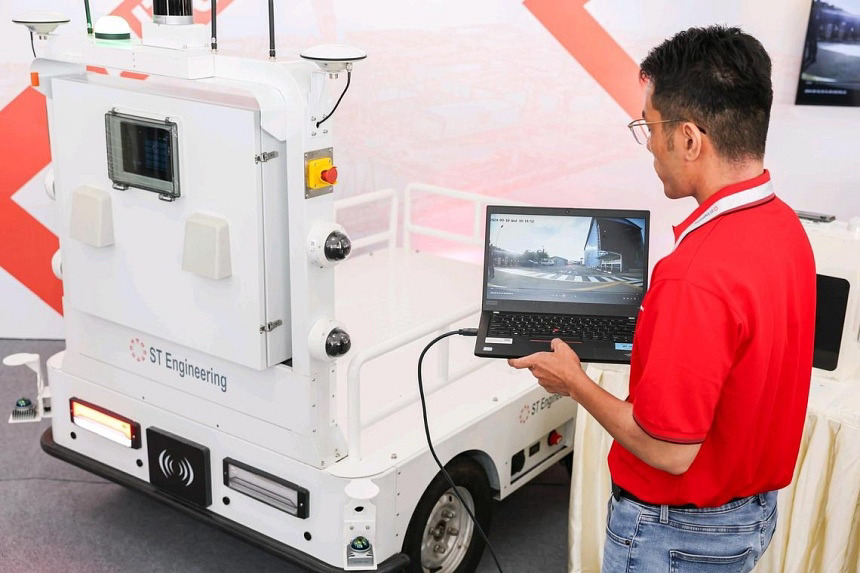
(Photo credit: ST Photo)
ST Engineering worked with the Agency for Science, Technology and Research to establish pervasive Wi-Fi in the shipyard, Mr Tan Leong Peng, president of ST Engineering’s marine arm, told The Straits Times.
Pervasive Wi-Fi, or a network of devices that provide continuous connectivity, is crucial for devices worn by workers to function properly throughout the vast shipyard and on board ships, he said.
ST Engineering demonstrated three wearable devices that will be used by Gul yard workers, including a smart card that continuously transmits a worker’s location so that he can be located in an emergency, even if he is working in a confined space on board a ship.
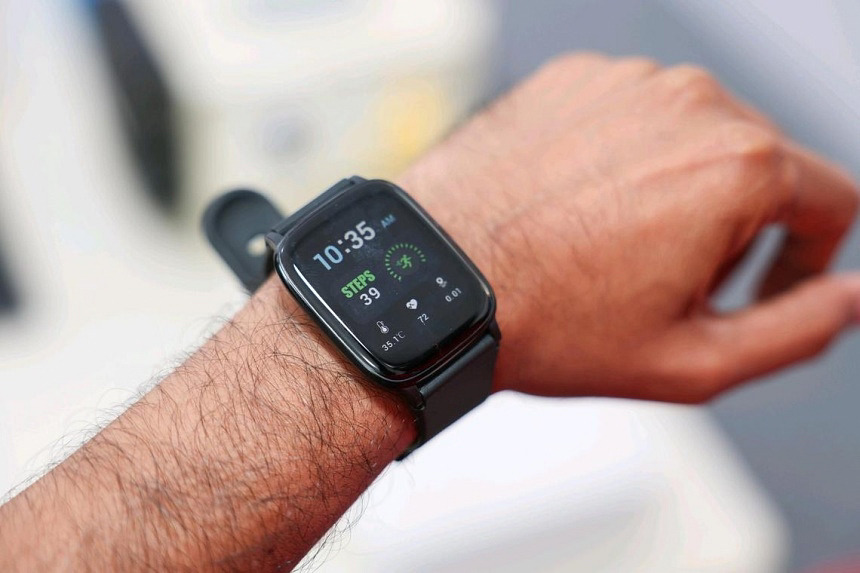
(Photo credit: ST Photo)
A smartwatch that alerts the control centre when a worker’s heart rate or temperature drops was also on display, as well as a smart helmet equipped with a camera for live video feed.
The Gul yard also has autonomous guided vehicles for transporting equipment and people, reducing the manpower needed to operate forklifts.
Drones that are used to inspect tight or inaccessible spaces on board ships were also on display.
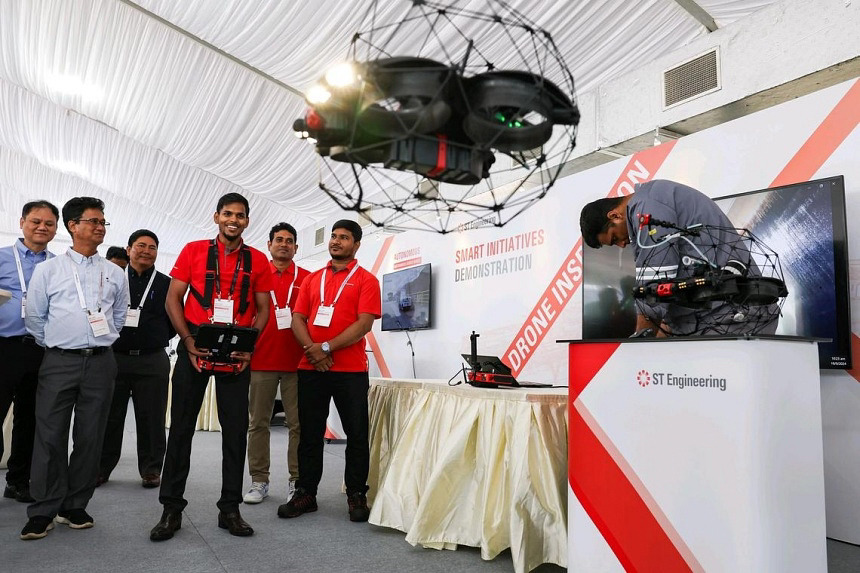
(Photo credit: ST Photo)
Mr Chong expects these technologies to increase productivity by 20 per cent.
He added that the new shipyard will be combined with the existing Benoi yard, which is nearby and also operated by ST Engineering.
The integration of the shipyards will allow ST Engineering to “take on larger and more complex projects that neither facility could manage independently”, Mr Chong said.
Mr Tan Leong Peng said $60 million has been set aside “to develop new infrastructure and acquire new capabilities” for the Gul yard, including a dormitory for 1,500 workers, expected to be completed by end-2025.
